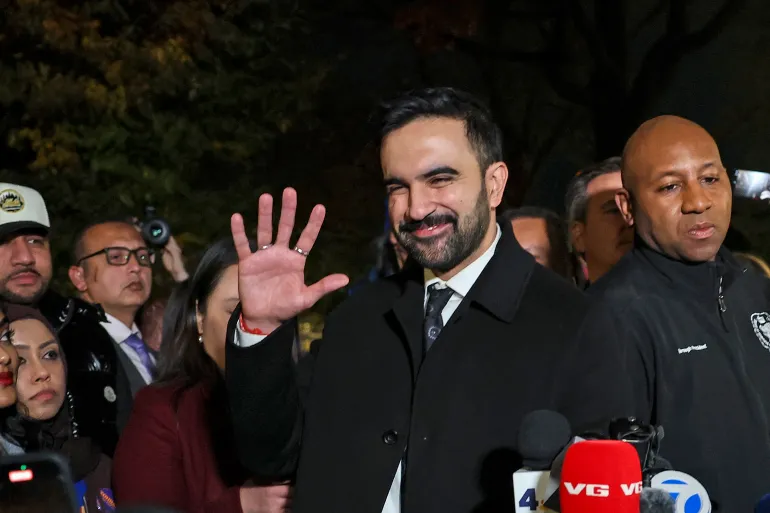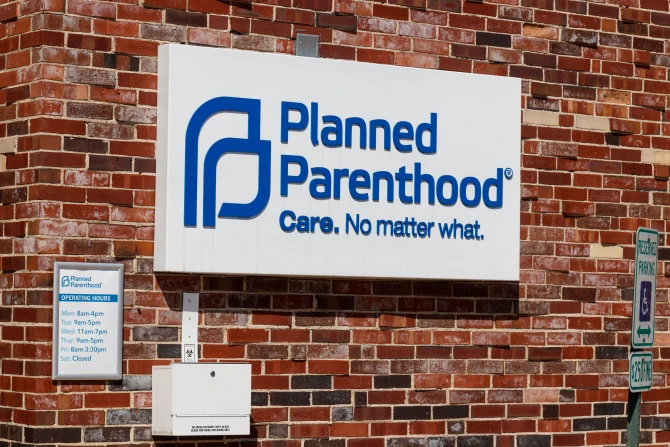In the wake of former President Donald Trump’s ongoing legal entanglements and vocal interventions in a wide array of political contests, his strategy to influence the New York City mayoral race is drawing sharper scrutiny—and more debate—than ever. From fundraising leverage and endorsements to the broader national lens on the city’s local politics, Trump’s approach appears to be producing unpredictable, and sometimes counterproductive, effects.
Below is a blog-style analysis of how these moves are playing out, why they’re backfiring in some quarters, and what it could mean for NYC voters and the race itself.
The Big Question: Why NYC and Why Now?
- Historical context: New York City’s mayoral race is traditionally shaped by local issues—crime, housing, schools, public transit, and budget priorities. National political theater rarely dictates the day-to-day dynamics of NYC elections.
- Trump’s leverage: As a nationally recognized figure with a devoted base and deep pockets for political operations, Trump’s involvement can bring unprecedented national attention, fundraising streams, and media coverage to a municipal contest.
How Trump Is Attempting to Shape the Race
- Endorsements and public statements
- Trump has signaled support for certain candidates or expressed opinions on policy stances, aiming to tilt the field and influence voter perceptions.
- Raising national attention and fundraising
- High-profile remarks and appearances can funnel attention and money into the NYC race, potentially energizing donors who otherwise wouldn’t engage in a city race.
- Leveraging legal or political controversy
- By tying local candidates to broader questions about law, order, or national party dynamics, Trump tries to cast local choices within a larger political frame.
Why Some Moves Are Backfiring
- Local autonomy vs. national baggage
- NYC voters often prioritize city-specific concerns. When a national figure dominates the discourse, it can make local candidates appear more aligned with national partisan dynamics than with day-to-day city needs.
- Voter fatigue and skepticism
- A steady diet of national political drama can generate fatigue among city voters who want practical solutions over spectacle. This can dampen enthusiasm for candidates perceived as vehicles for someone else’s agenda.
- Political polarization in a diverse city
- New York is a mosaic of neighborhoods with varied priorities. Nationalized campaigns may magnify ideological fault lines, alienating moderates or independents who could swing the race.
- Trust and local track record
- NYC voters often rely on local governance experience, competence, and a candidate’s record on crime, housing, and schools. Nationalized messaging may struggle to convincingly address these concrete concerns.
The Dynamics at Play for Voters
- Crime and safety: If Trump’s framing centers on law-and-order themes, NYC voters will judge candidates on how they plan to reduce crime, improve policing strategies, and ensure community trust.
- Housing and costs of living: Economic pressures are front-and-center. Voters want practical affordability solutions, not abstract political theater.
- Public services and transit: The reliability of subways, buses, and essential city services shapes daily experiences more acutely than national political narratives for many residents.
- Diversity and representation: NYC’s demographic tapestry means voters weigh how a candidate addresses equity, immigrant communities, and business climate without stoking further polarization.
What This Could Mean for the Race
- Upsetting traditional fundraising patterns: If national attention draws new donors, the campaign finance dynamics could shift in unexpected ways, benefiting candidates aligned with or able to capitalize on that attention.
- Coalition realignments: Local coalitions around neighborhoods, labor unions, and issue-advocacy groups may recalibrate their endorsements and turnout efforts in response to the national spotlight.
- Policy emphasis shifts: Candidates might adapt their platforms to preempt national framing, emphasizing tangible city improvements rather than ideological crossfire.
Ahead: Reading the Tea Leaves
- Polls and turnout: Close races in dense, issue-driven cities often hinge on turnout. Monitoring early voting data and demographic breakdowns will reveal how much the national spotlight is dampening or boosting engagement.
- Debate performance: How candidates perform in televised or public forums, especially on local issues, will be a critical test of whether national narratives can be translated into city-specific plans.
- Endorsements and endorsements’ influence: The effect of endorsements—both secular and community-based—will help determine if Trump’s involvement translates into meaningful support or if it sparks backlash in more moderate pockets of the electorate.
A Practical Takeaway for NYC Voters
- Prioritize local impact over national optics: When evaluating candidates, anchor your judgment in their track record, proposed policies, and plans for real-world city improvements.
- Ask for specificity: Seek clear, actionable proposals on crime prevention, housing affordability, transit reliability, and education outcomes. Ambiguity in policy becomes a liability in governance.
- Engage with community voices: Attend forums, read local news from multiple outlets, and discuss with neighbors across neighborhoods to gauge how a candidate’s platform translates to lived experiences.
Final Thoughts
Trump’s maneuvers to influence the New York City mayoral race illustrate a broader tension in contemporary politics: the push-and-pull between national spectacle and local governance. For NYC voters, the path forward remains grounded in the issues that directly affect daily life—the trains running on time, safe streets, affordable housing, and a city that services its residents effectively.
If you’re following this race closely, I’d love to hear which issues matter most to you and which candidate you’re leaning toward—and why.




